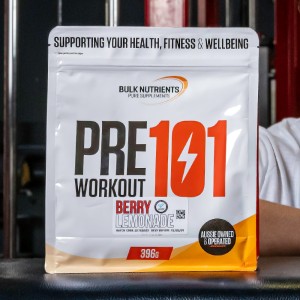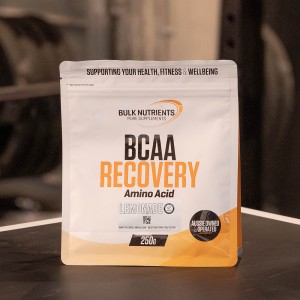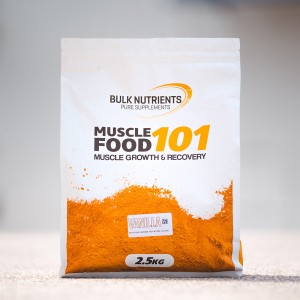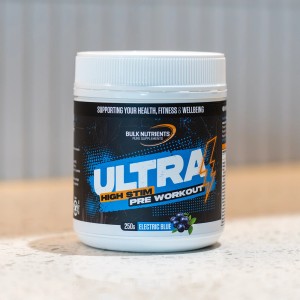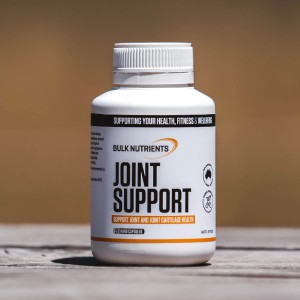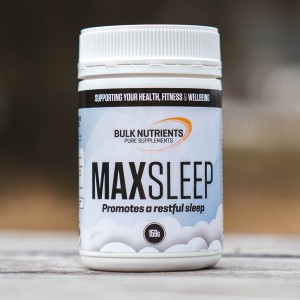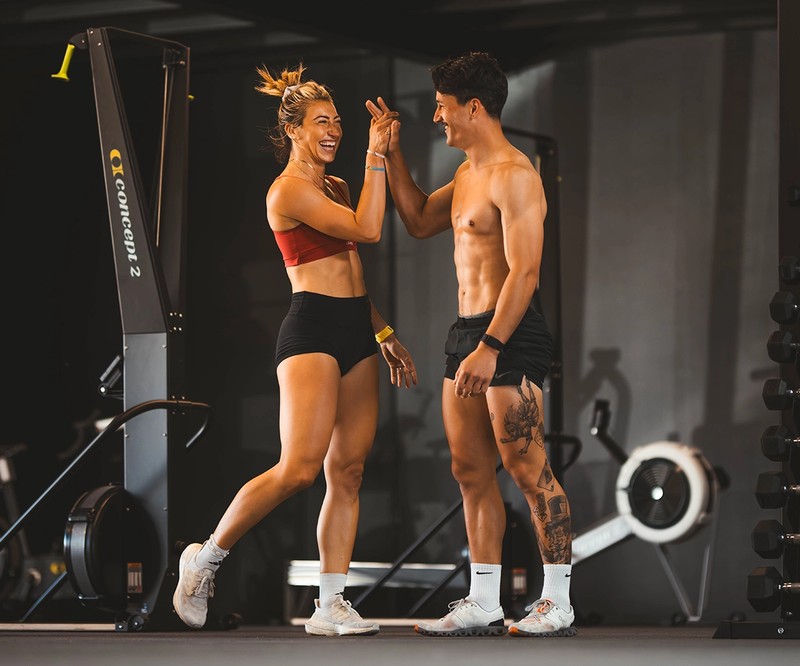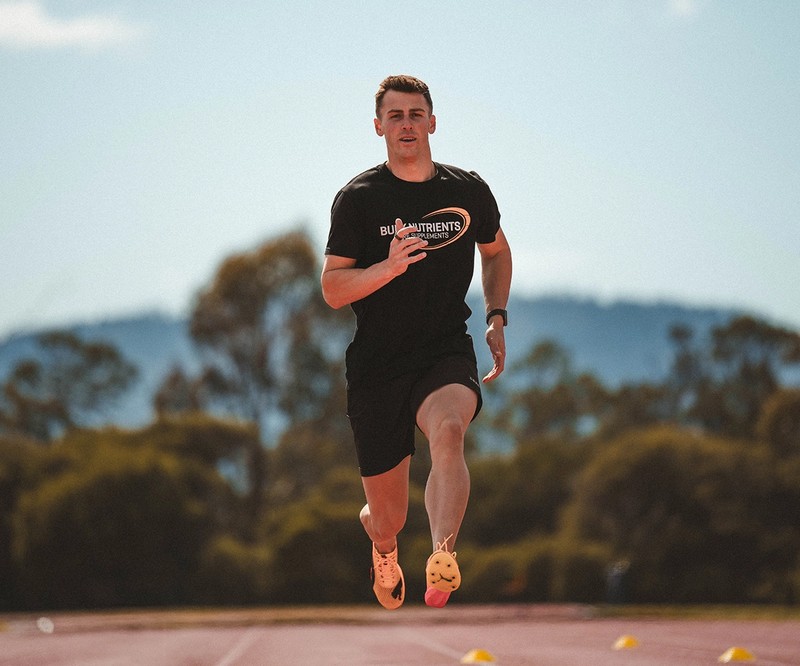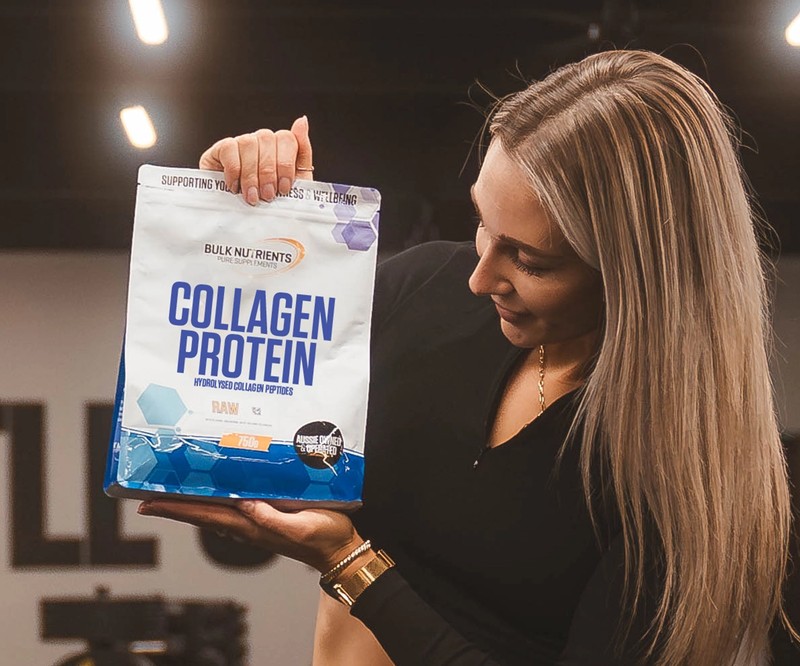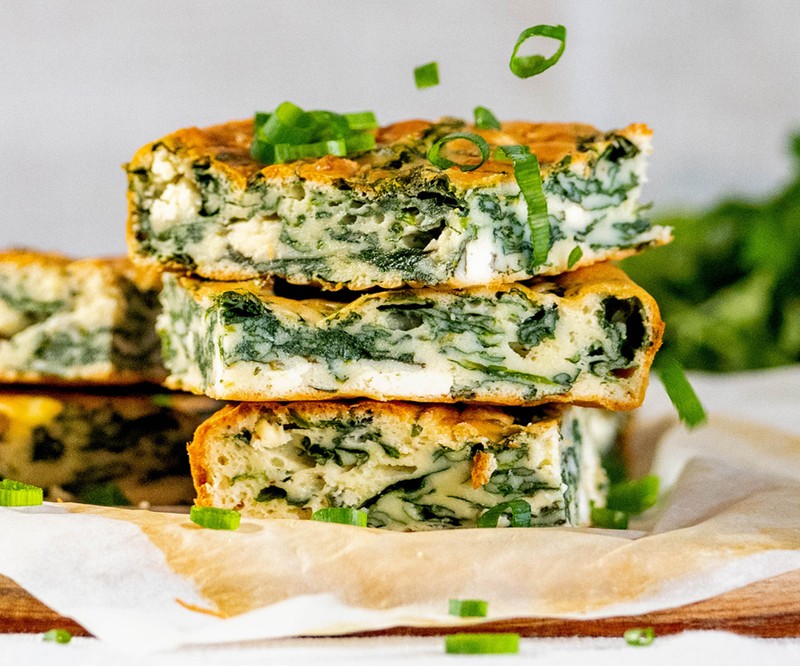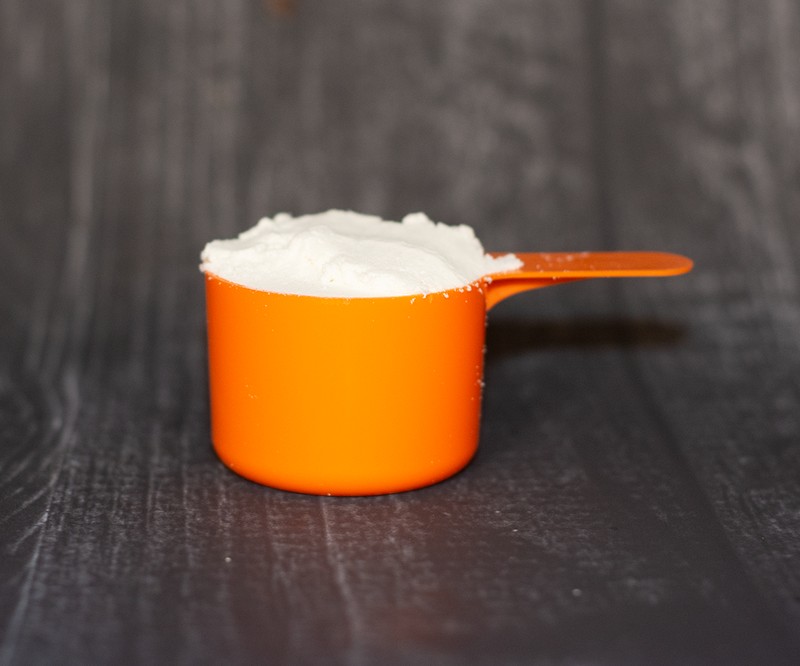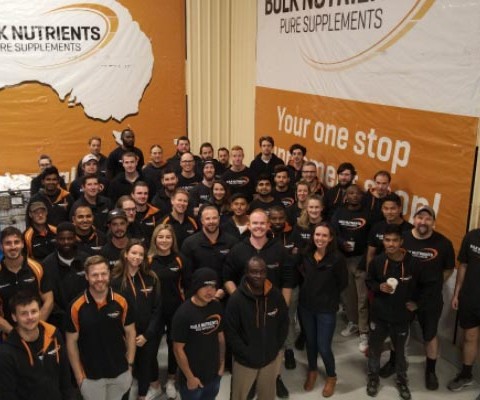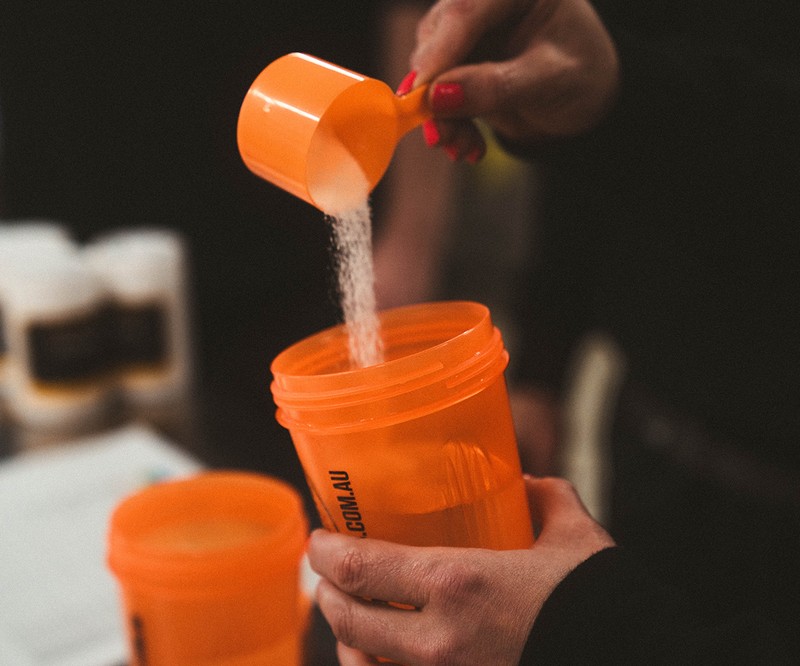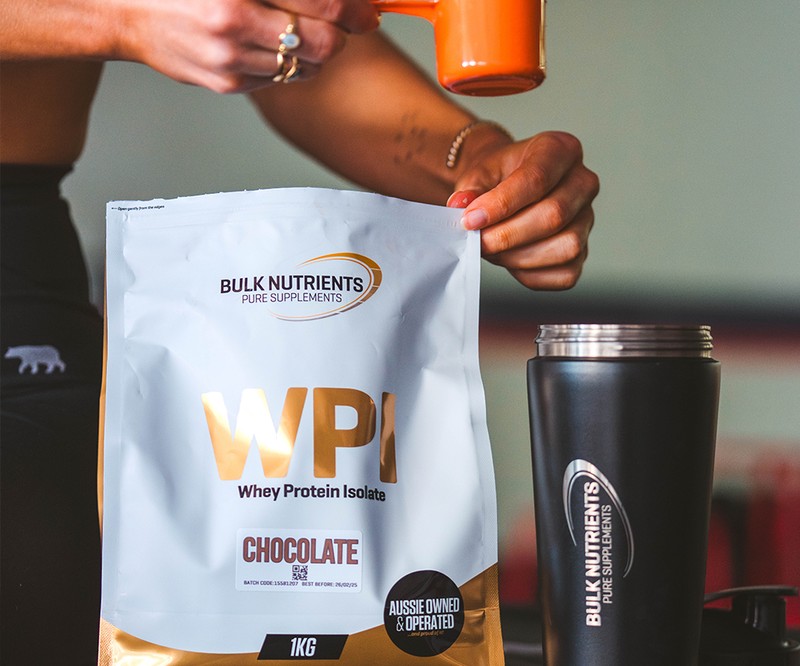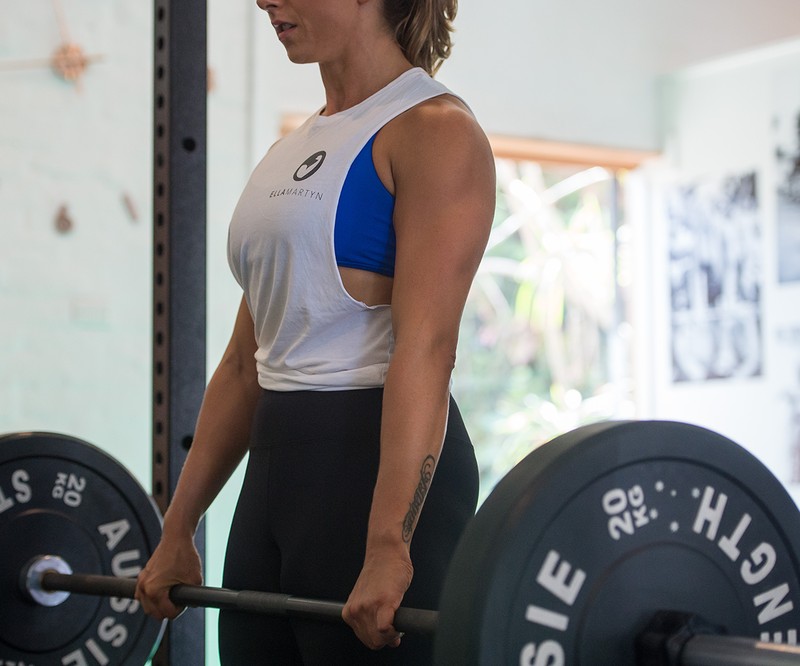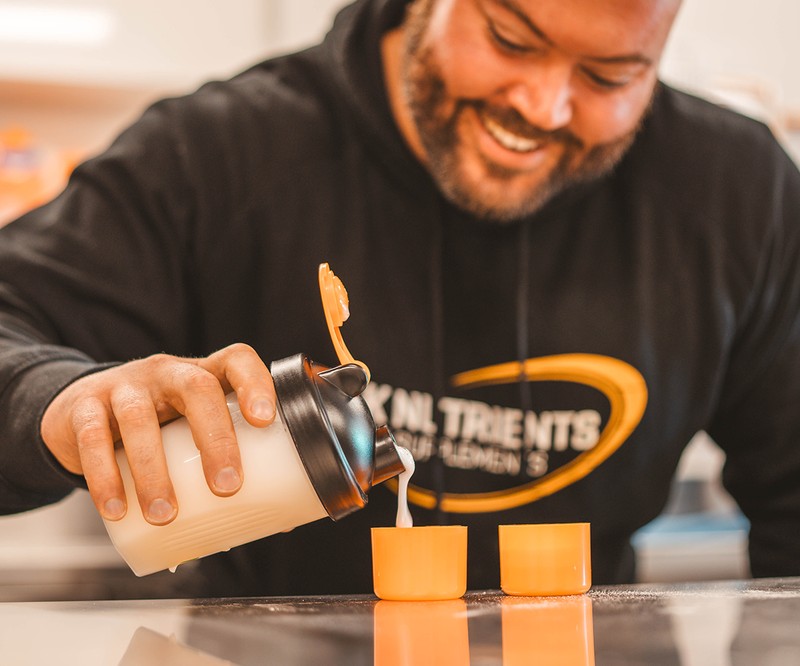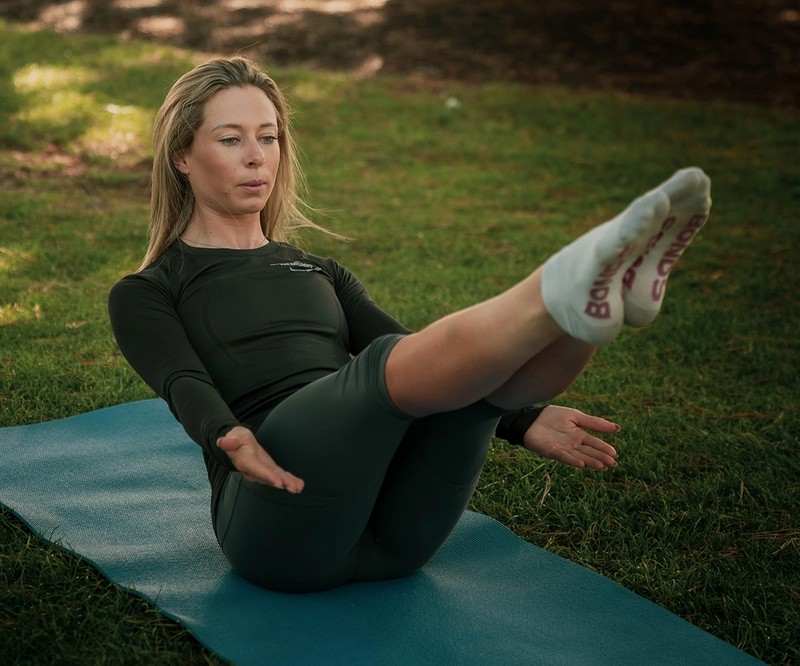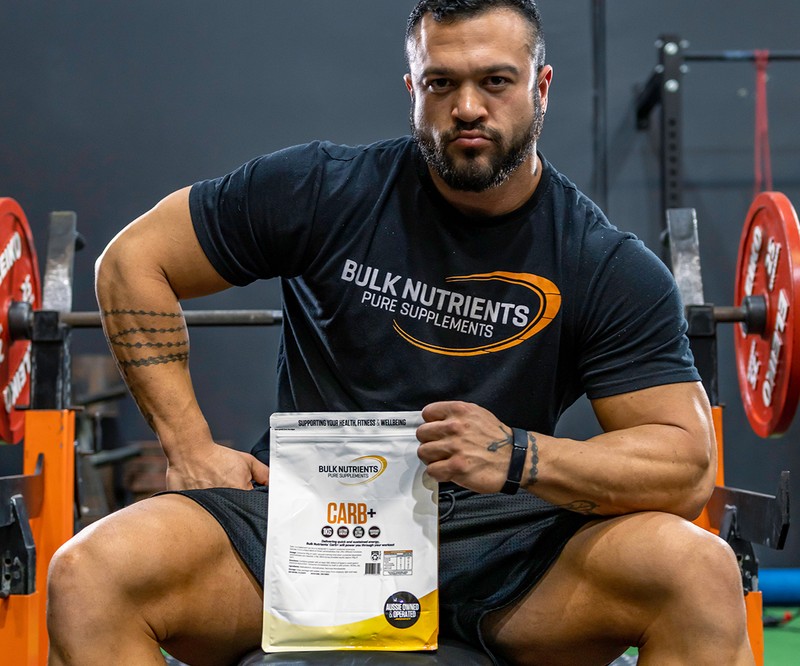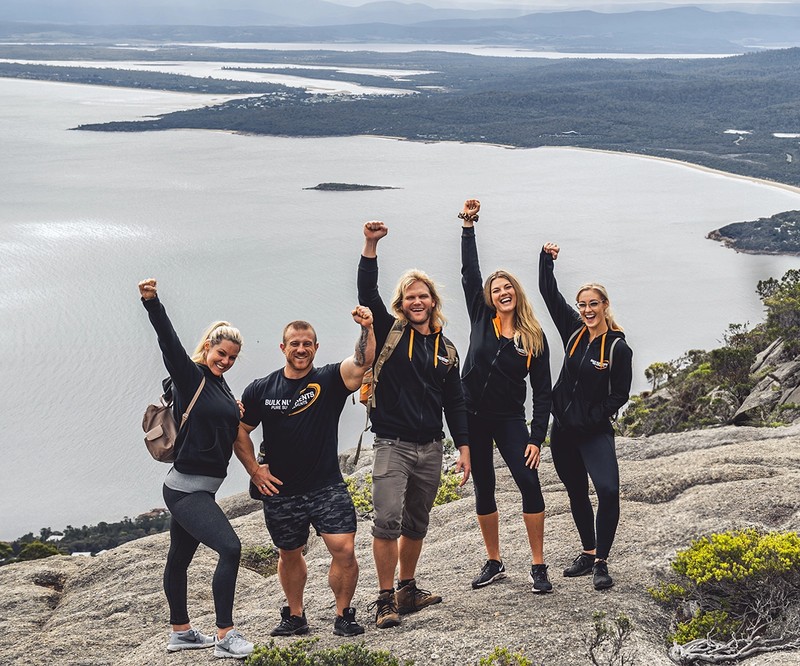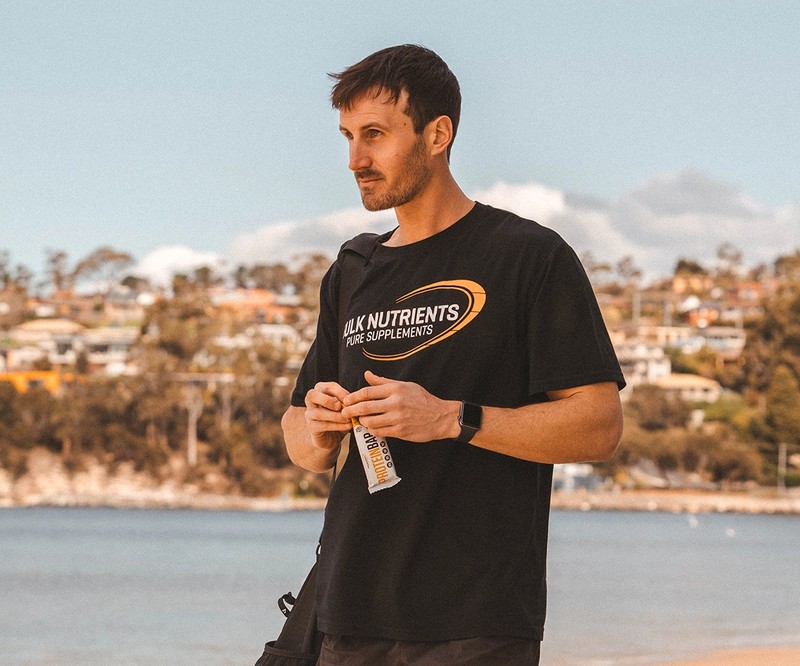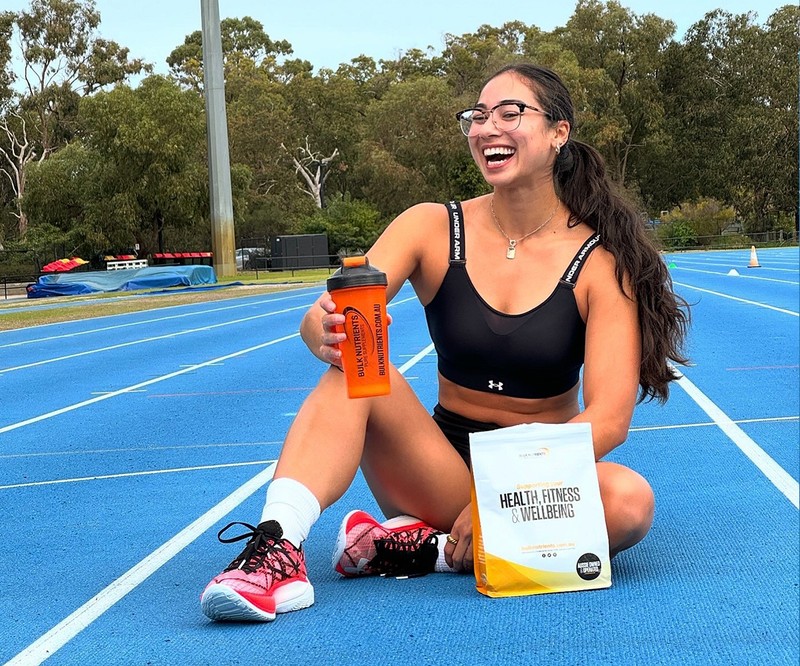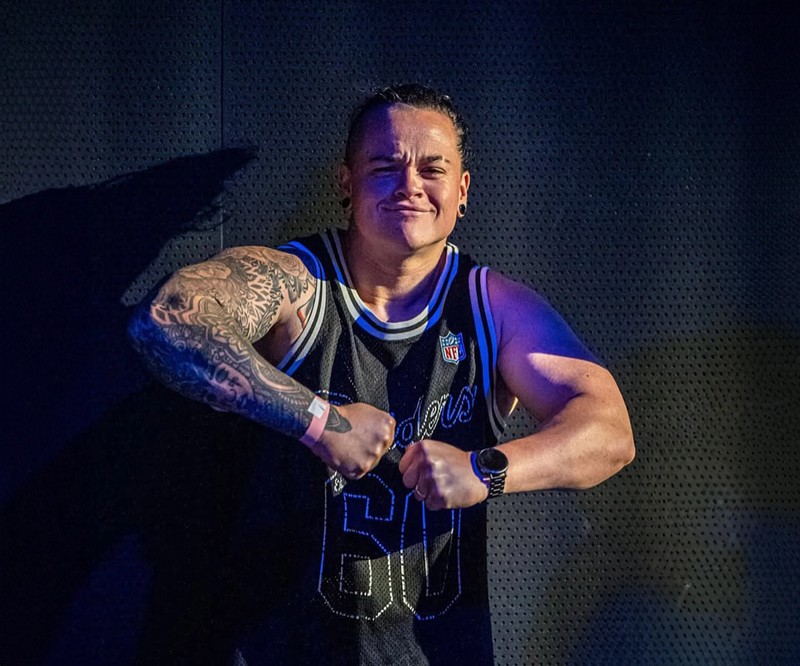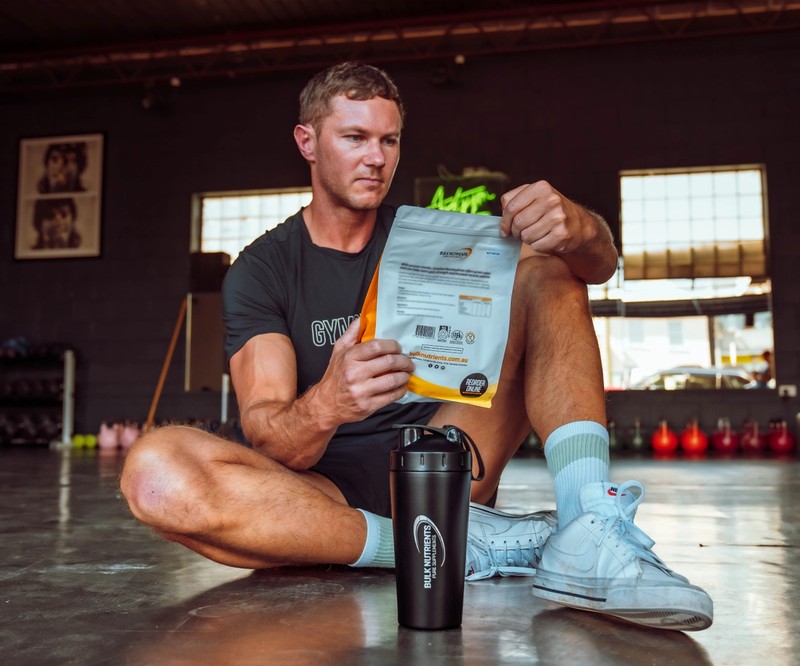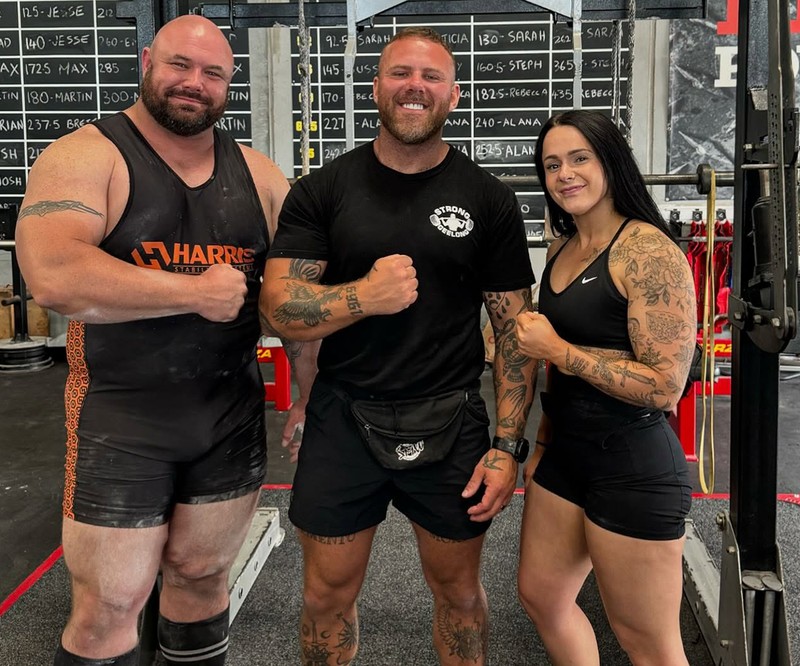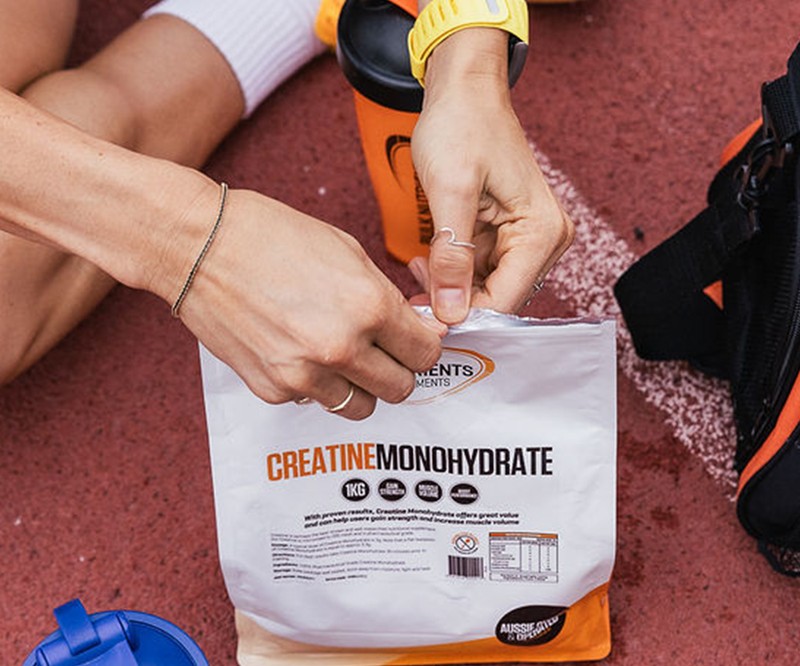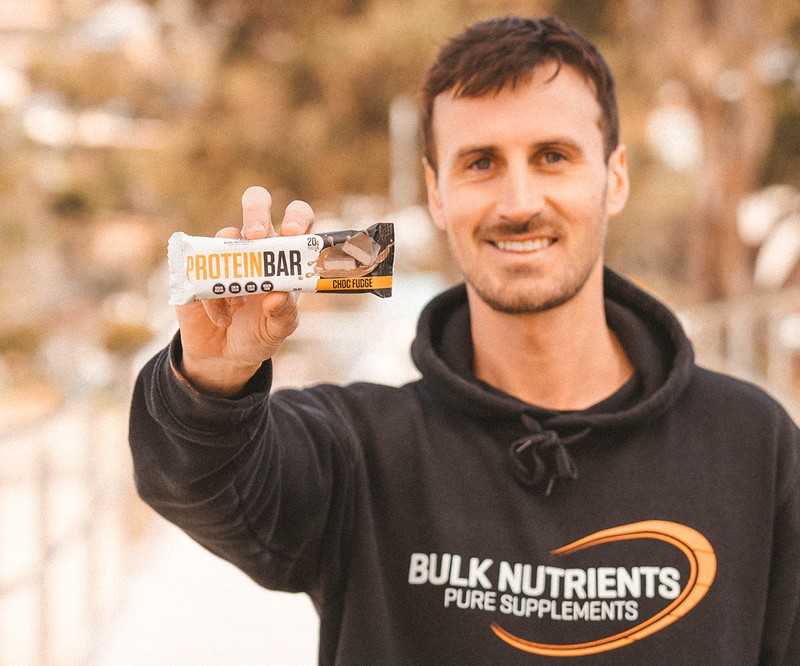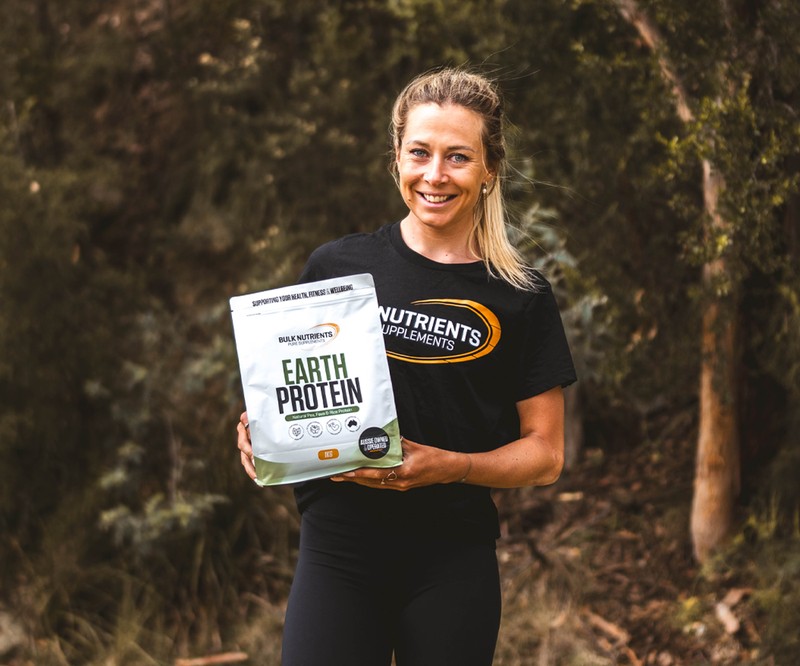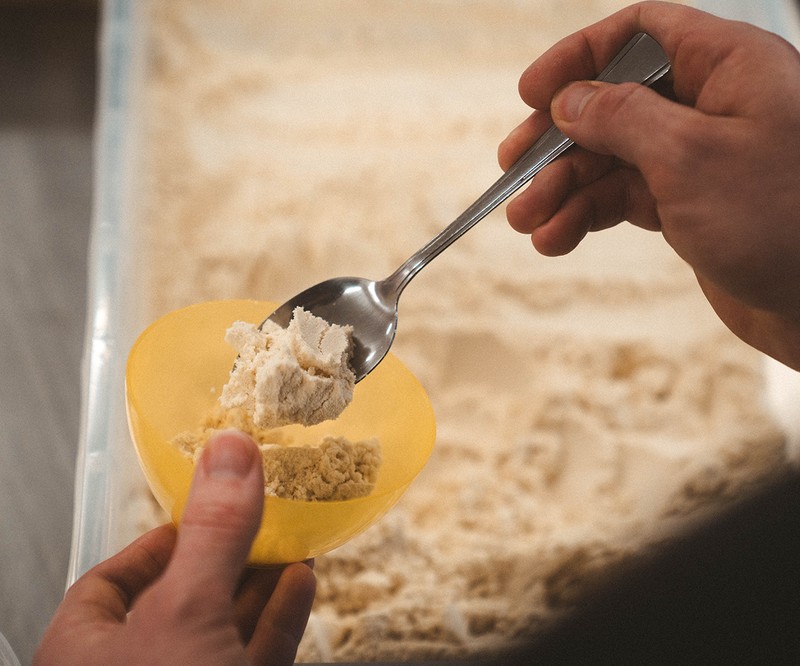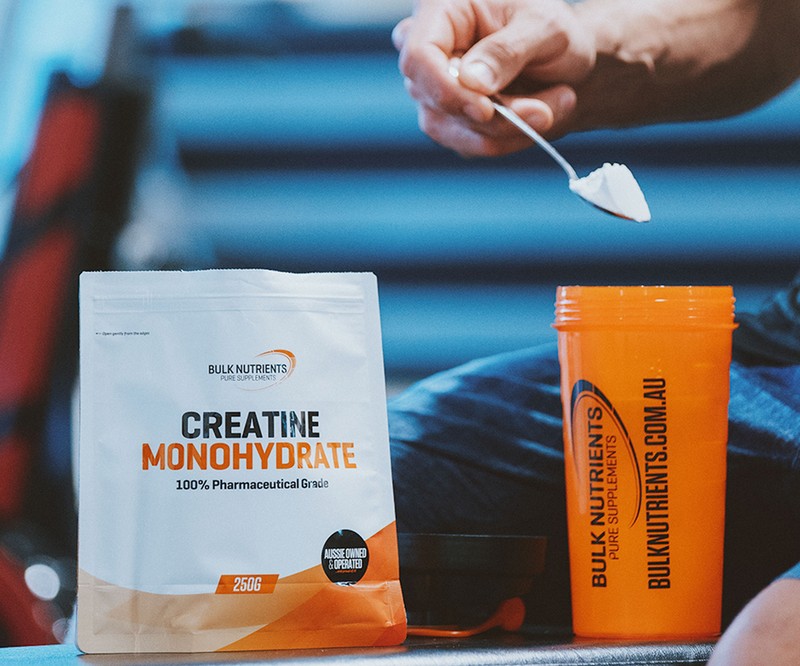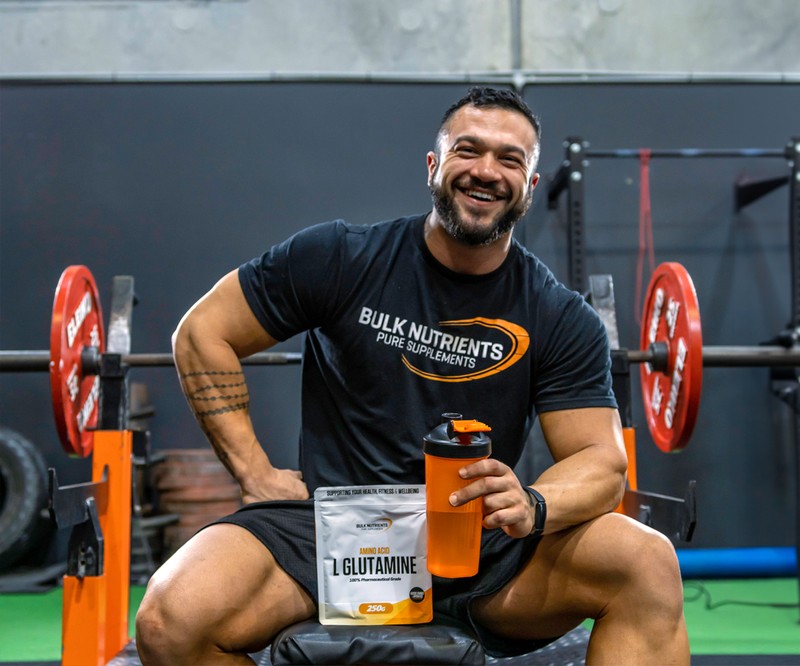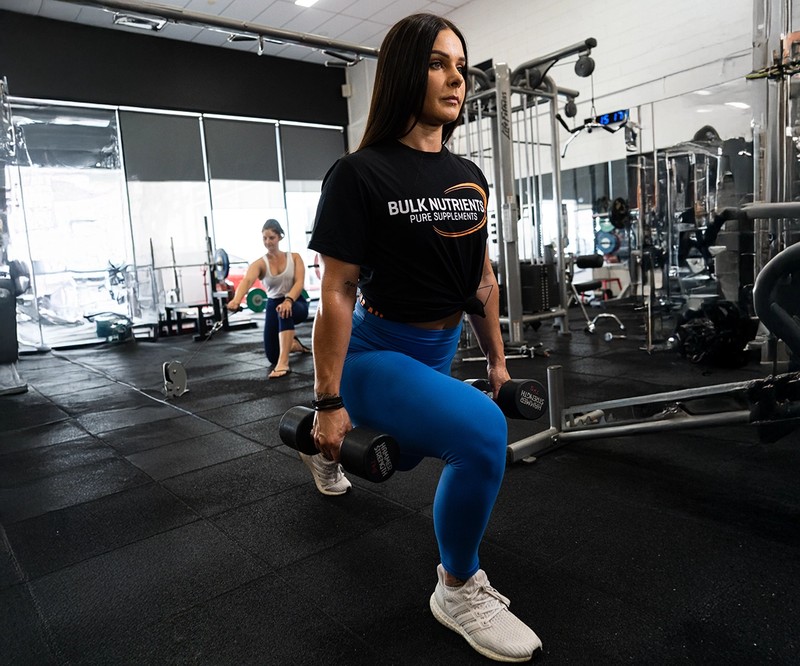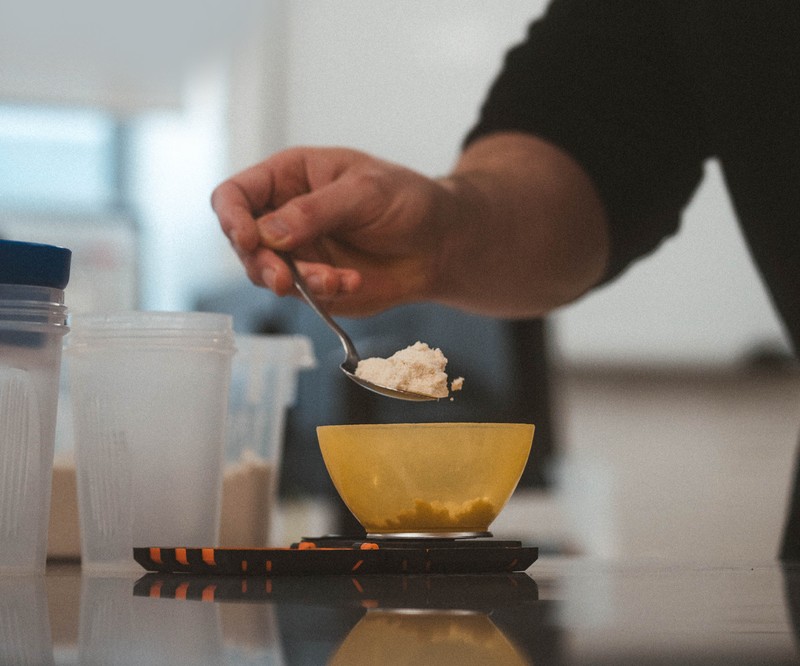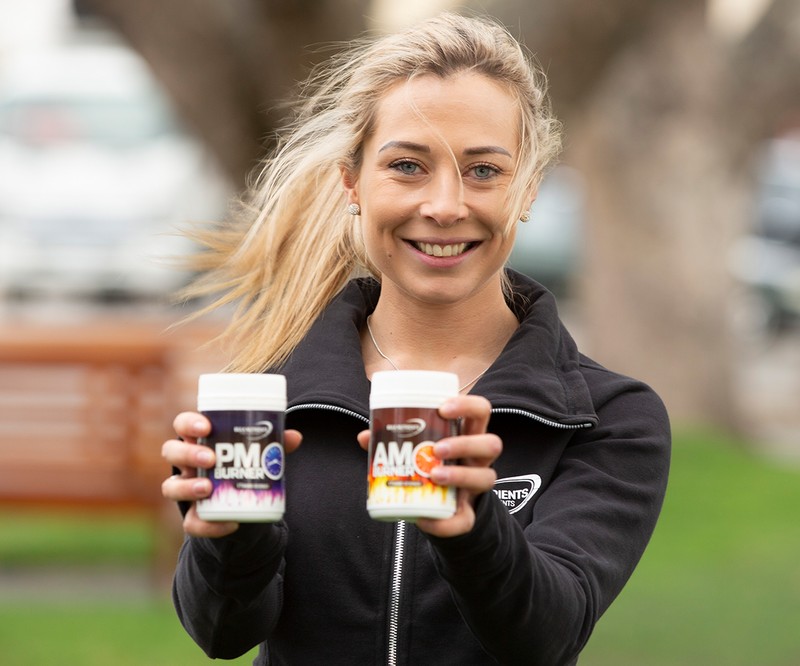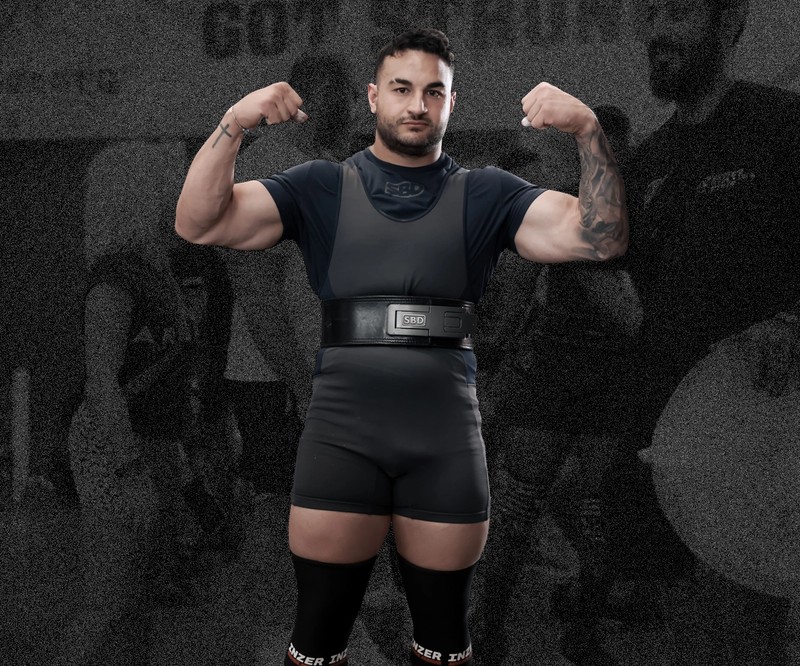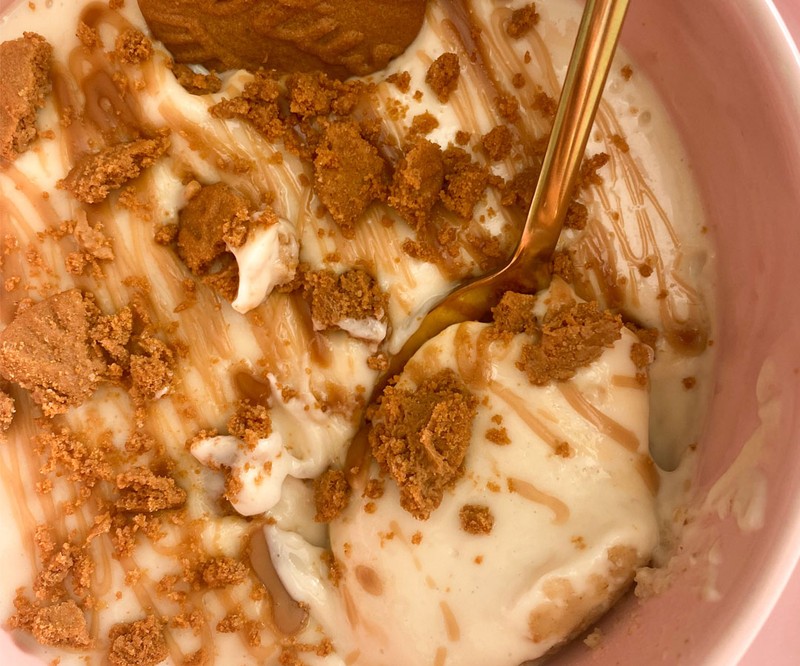Powerlifting Supplements
Powerlifters are athletes that place a large focus on absolute strength. They generally train using lower repetitions but utilize a high volume of compound movements (Squats, Deadlifts and Bench Press), with lengthy periods of time between working sets. They do an exhaustive amount of training using competition-style lifts and much of their increases in strength are due to better efficiency in recruiting their Central Nervous Systems.
While many powerlifters are happy to build hypertrophy, they generally aim to get as strong as they possibly can, while not increasing their muscle size.
Powerlifters also add complementary “assistance” exercises to their programs, however, these are done for the sole purpose of increasing their 1RM in the “big three” lifts.
While many powerlifters maintain an adequate level of fitness, this is considered very secondary as many are concerned about doing anything to compromise pure strength.
Speaking of strong, Bulk Ambassador Dave Napper is one of Australia’s top powerlifters who runs his very own powerlifting gym in Queensland. Dave has competed in countless national competitions and has represented Australia overseas too.
So when it comes to fuelling for strength, he knows a thing or two. Dave recommends Muscle Food 101 as a protein source for building muscle and Pre Workout 101 to get hyped up for comp day lifts and training PBs. He fuels muscular endurance and kickstarts muscle repair with BCAA Recovery and counteracts the extreme load he puts on his joints with support from Joint Complex.
or
What is Powerlifting?
Powerlifting is a sport in which competitors from all backgrounds get up on a platform to show exactly how strong they are.
The sport is quite simple in theory, each lifter attempts their biggest squat, bench, and deadlift while the referees look on. The rules and regulations enforced by the referees ensure safe and fair competition. The only other people on the platform are a team of spotters, because going your hardest means that sometimes you miss the mark, and the spotters make sure that lifters are always safe.
Most lifters are out there competing against their previous numbers, but it is a competition and there will be an audience of enthusiastic people cheering on all the lifters.
Powerlifting’s three big lifts
The Powerlifting Squat
For the squat, the lifter must have the bar on their back and walk the bar out backwards from the rack.
Once the lifter assumes an upright position, they will get the “squat” command.
The lifter must squat with the bar to depth and then return to an upright position.
Depth means the lifters hip crease is below the top of the knees at the bottom of the lift.
Once the lifter stands back up and is locked out, they will get the “rack” command, allowing them to rerack the bar, completing their first lift of the competition.
The Powerlifting Bench Press
The bench press is the middle lift in the competition and is often the most technical of the three lifts.
The lifter is required to lay on the bench with contact points at the head, shoulder, and butt. The lifters feet must be flat on the floor.
A lot of lifters will arch their back to bench press which, while contentious in some circles, is both legal in powerlifting and safe.
Once the lifter has unracked the bar (usually with the help of a spotter) they will assume the starting position, with elbows locked out, and await the “start” call from the referee.
The lifter then lowers the bar to their chest where it needs to be motionless for the referee to give the “press” call. Then the lifter presses the bar to a locked-out position and awaits the “rack” call.
The Powerlifting Deadlift
It has been said that the competition doesn’t start until the bar hits the ground, that’s because the deadlift is the biggest lift for most lifters.
For the deadlift, the lifter can approach the bar and commence the lift without a command. When the lifter is standing locked out with the bar, the referee will give the “down” command and the lifter will control the bar to the floor.
There are two options for stance in the deadlift: the conventional stance with hands outside legs, and the sumo stance with hands inside legs.
Powerlifting Gear
If you’ve seen a sanctioned powerlifting competition, you’re probably familiar with the suits that the lifters wear.
These powerlifting suits are like those worn in weightlifting. The form-fitting suits extend from shoulders to thighs to allow free movement and clear views for referees.
Lifters are also required to wear a t-shirt for Squat and Bench Press, and knee-high socks for the deadlift, these are for safety, the grippy part of a barbell, called knurling, can be pretty rough on shins and shoulders!
Other optional gear includes wrist wraps, knee sleeves, and a lifting belt. All the gear is subject to regulations and checked by the referees before lifting.
Powerlifters are required to wear specific gear in competition including a soft suit and long socks for the deadlift.
How does a powerlifting competition work?
The first part of a powerlifting competition is the weigh-in.
Each lifter is weighed by two referees where they will also nominate the weights for their first attempts of the squat, bench press, and deadlift. Lifters are in categories for females and males, with eight weight classes for each gender. There are also age groups for youth, junior, open, and masters lifters.
About two hours after the weigh-in, the lifting commences! The competition is run in groups and sessions. Each lifter in the first group of the first session will take to the platform for their first attempt. The lifters are ordered by ascending barbell weight and will all complete their first attempt before the second attempts start. The competition continues through first, second, and third attempts of the squat, bench press, and deadlift for each lifter.
By the end of the powerlifting comp, the highest weight lifted for each lifter in the squat, bench press, and deadlift is tallied to create their total. There are placings for each weight class based on who has the biggest total, and then there are overall placings based on a coefficient that compares bodyweight to the total.
Powerlifting Training
Powerlifting training is best divided into blocks. Each block of training will focus on building strength in the squat, bench press, and deadlift with a combination of compound and accessory lifts.
When it’s time for a competition you’ll peak into it using the method of progressive overload. Building into a powerlifting comp involves increasing volume and intensity progressively (and usually in a linear pattern) and then dropping volume as you get closer to competition.
The main goal of powerlifting training is to reach your highest level of strength on the platform on competition day.
Looking for tips, guides and articles on Powerlifting?
The Bulk Blog is an absolute wealth of information for powerlifters. Check out our most popular articles...
- Getting into Powerlifting
- Training for a Powerlifting Competition
- Powerlifting Off Season Training Cycle
- 15 tips for top training and nutrition
- Building strength with dead-lifts
- Warming up for a PB attempt tips
- Do we need a weight belt for squats and deadlifts?
- How I went from a 70kg teen to a 125kg powerlifter
- Gym Gear 101: Belts, Straps & Lifting Accessories
